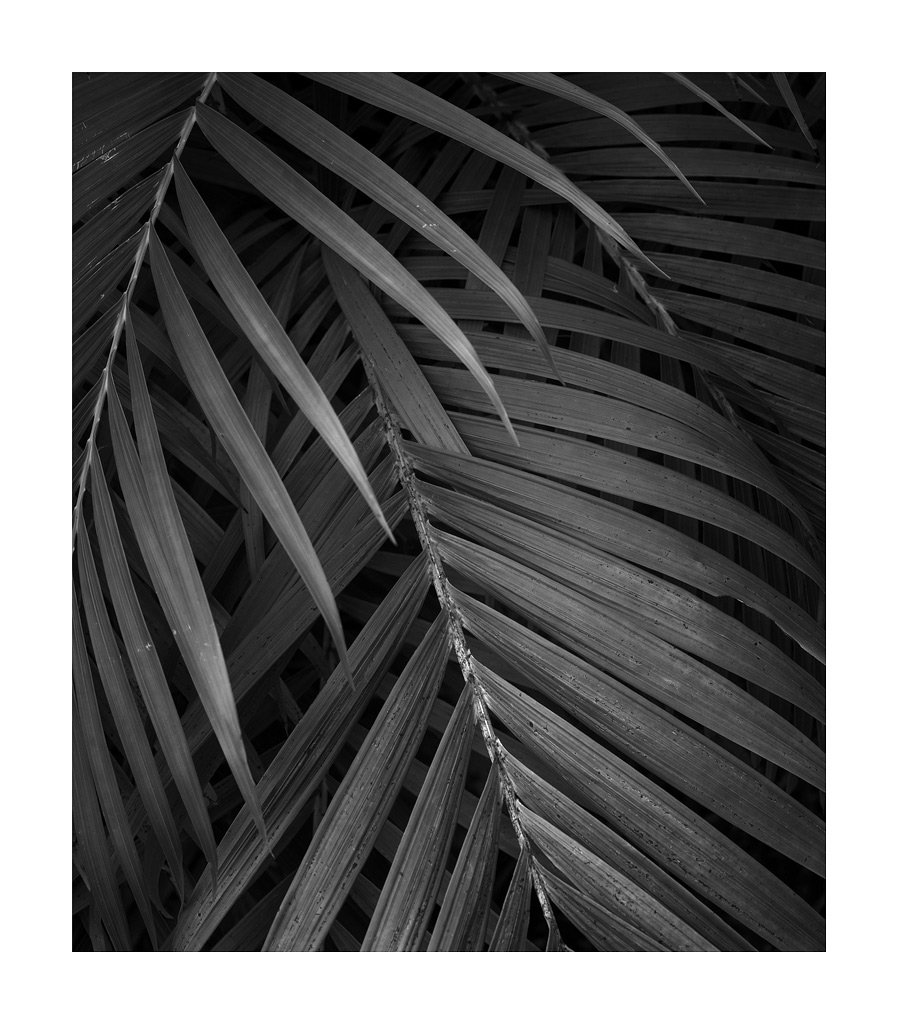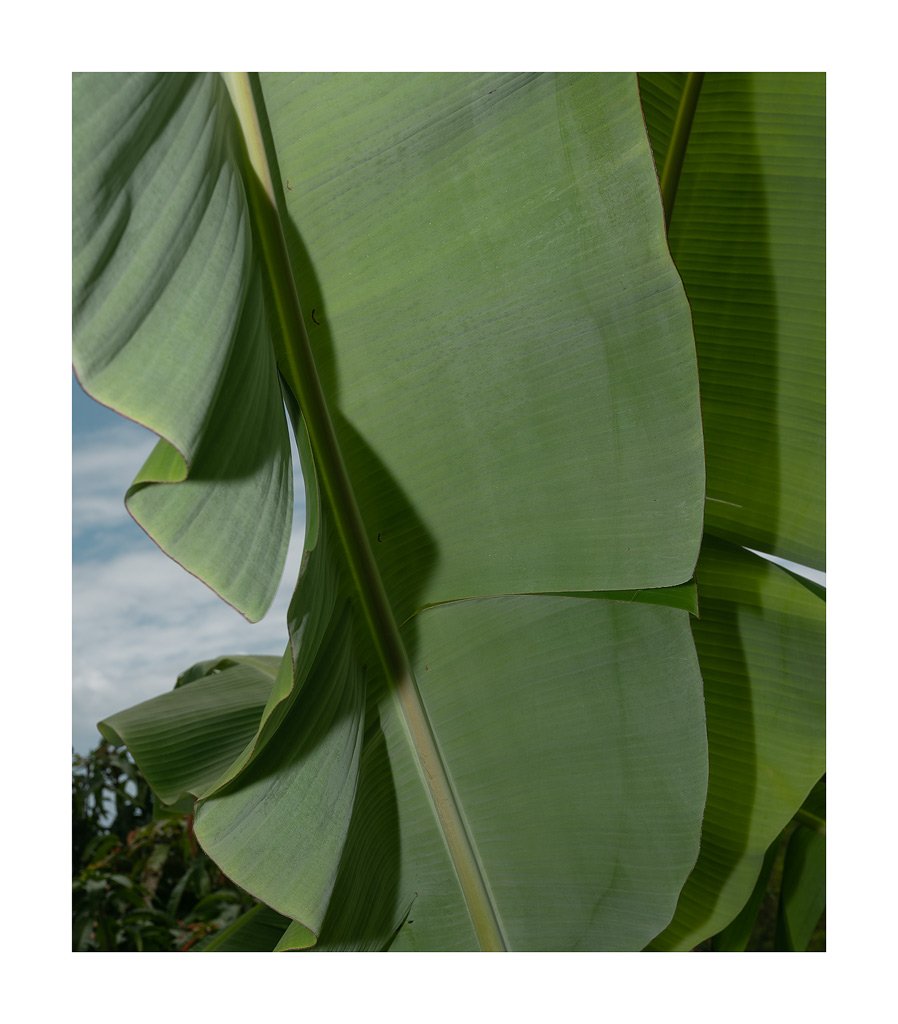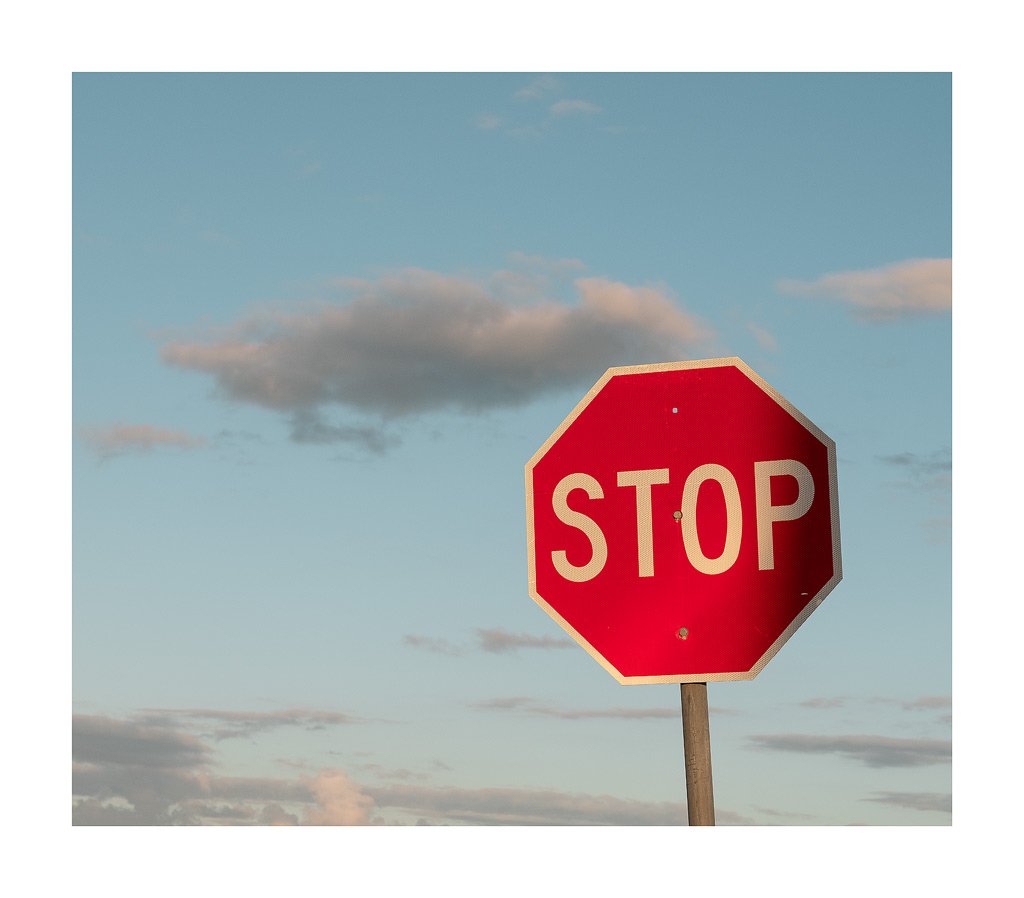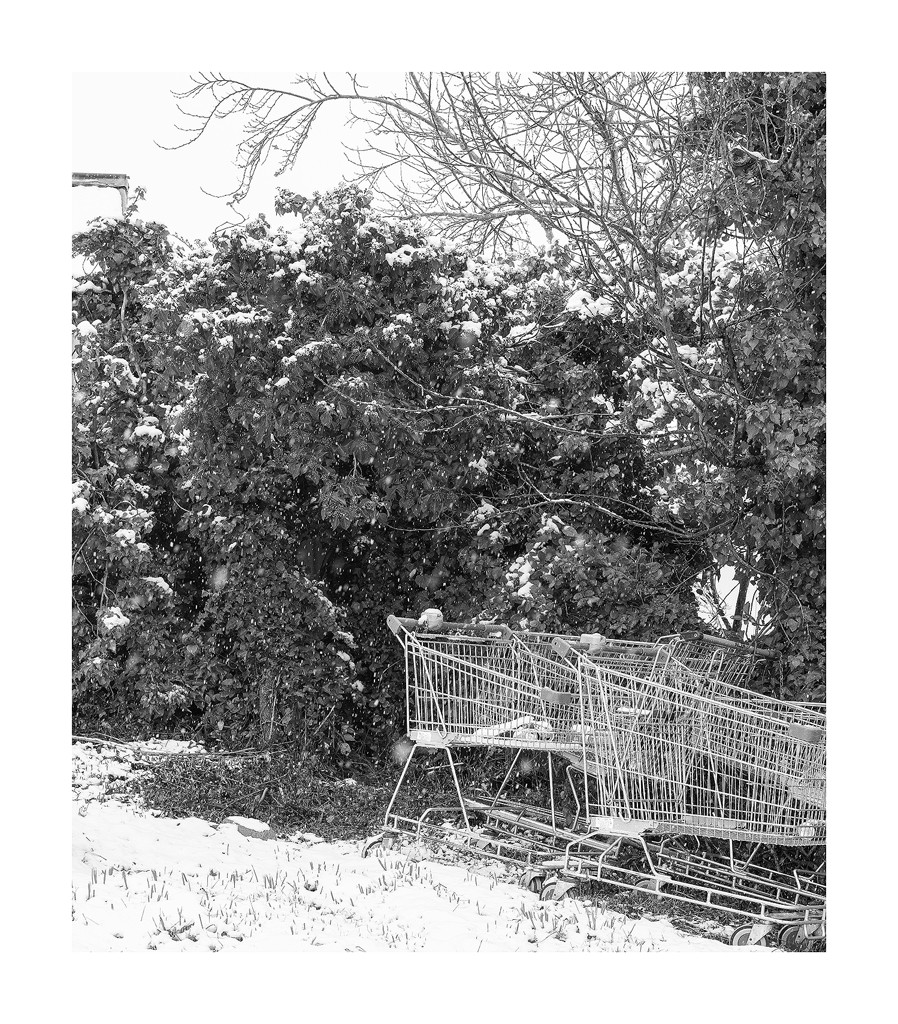While we were on our recent trip to Uluru, the Red Centre of Australia, I was lucky enough to try my hand at some aerial photography over Lake Amadeus, a large salt lake. This has been on my bucket list for a very long time. I’d seen the lake on Google Maps and noticed the unusual islands and patterns in the surface, but there didn’t seem to be much attention paid to it in terms of landscape photography.
It’s incredible to see the patterns and colour in the lake from the air. I was lucky that the weather provided perfect, dappled lighting.
Originally, I had intended to charter a helicopter, but I was told the doors could not be removed owing to the speed required over the lake. So, a plane it was thanks to Ayers Rock Scenic Flights (Fly Uluru), and I think that worked out much better.
On arrival to the airfield I told Ben & Tim, our pilots, what I was looking to do and they were happy to remove the rear seat in the plane and keep the rear door open in flight so I could shoot out unobstructed. I really cannot describe how incredible it is having the door open and the lake right there in front (or below, rather) you.
I think the guys were actually quite excited given generally they only fly over the lake briefly, plus this was something different for them as opposed to the usual routes over Uluru and Kata-Tjuta. I was able to ask to fly higher or lower, bank here, or check out something over there. It was like having your own RC plane.
Here a patch of sun lights up a small dune on our flight out of the lake. It really shows off the colour of the earth around the lake and Uluru in general.
This was my first time doing aerial photography, so I’d understandably researched quite a lot as to how to prepare. Given a previous experience in a helicopter looking through a viewfinder for half an hour, I was well aware of the motion-sickness issues before the flight. I took two tablets prior to flight and didn’t have an issue the whole hour. In fact, it was so smooth my son, who was in the co-pilot’s seat, managed to fall asleep, and this with the rear door open. Perhaps the pilot is to credit there. I had intended to use the rear screen on the camera, but worked out fast the glare made it hard, so viewfinder it was.
In terms of settings, I knew I’d need something like f8-f11 for good depth of field, and taking into account the Fuji GFX50R is medium format, I also knew a focal length around 50mm would work, which made the GF45-100mm F4 perfect, especially given it also has image stabilization. Given the vibration in the plane and my shaky hands, I opted for a foolproof 1/1000th speed, which meant ISO around 1000, though I backed this off to 640 ISO owing to the light about 10min into the flight. Set up like this, with a backup battery and spare card in my pocket, just in case, the only thing to do was lean over and concentrate on composition.
It’s amazing how from the air the landscape looks like an Indigenous artwork or dot painting. Clearly, the local Anangu people couldn’t fly way back when, but it’s interesting to see the resemblance.
At times the lake looks like a frozen, ice-swept tundra. The detail provided by the GFX really needs to be seen up close for best effect.
I think for many people they would look down on the lake and see only a barren wasteland frequented only by the odd wandering camel, but for me it was a goldmine of patterns, shapes and colours, compositions everywhere I could see. In the space of an hour, I took around 300 photos, of which I’m only sharing a few here, though they are all impressive. I’d happily print and frame any of them.
Processing was also a breeze. The files from the GFX50R are so rich in detail and dynamic range most files only needed a single curves adjustment layer in Photoshop for contrast adjustment. That was about the limit of it.
I call this one ‘The Best Boy’ because it looks to me like a dog running after a bone.
This particular part of the lake reminded me of a cuttlebone.
Once again, a big thanks to pilots Ben and Tim who made accommodations for me and this flight so enjoyable. If you’re in Uluru and looking for something special, definitely hit the team at Ayers Rock Scenic Flights up on their website by clicking here.
Scroll down for more images or check out the full gallery here.
‘The Scream’ - After the infamous painting, though to me it looks more like the flukeworm from the X-Files.
This one is titled ‘Flipper’ owing to the dolphin in the lower right.




























































